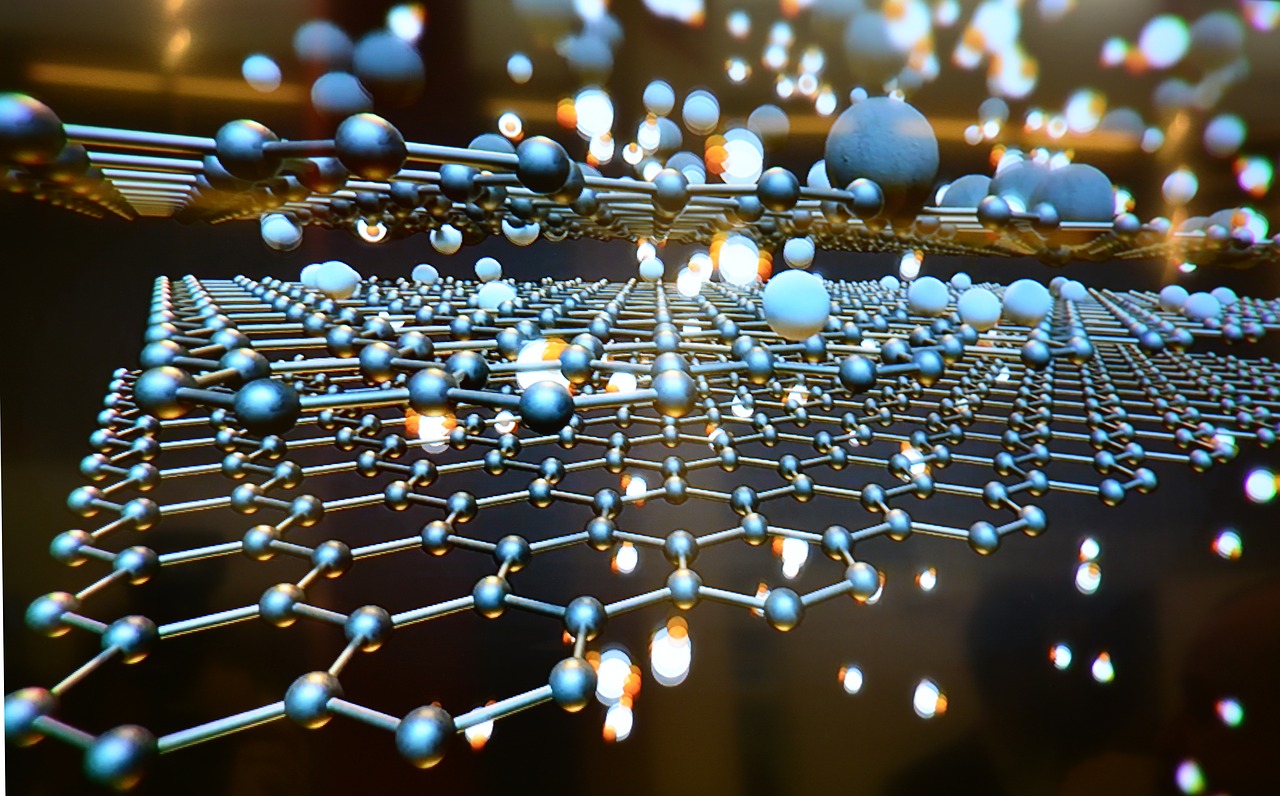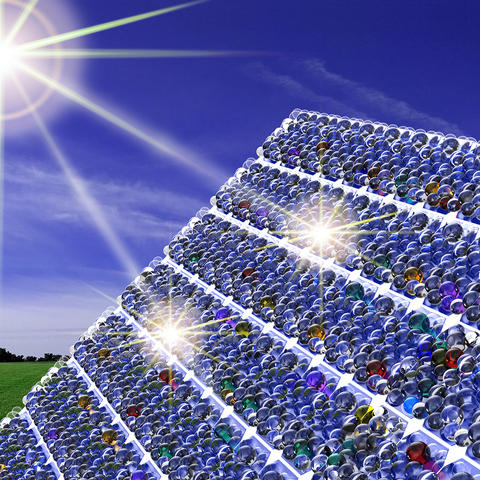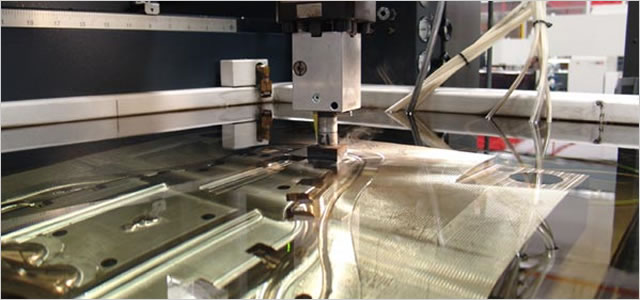How Graphite is Lighting the Way to a Solar Future
 Recently, news that solar and wind power could be used to generate as much as 80 percent of all the United States' energy needs, boosted graphite's status as a hot commodity.
Recently, news that solar and wind power could be used to generate as much as 80 percent of all the United States' energy needs, boosted graphite's status as a hot commodity.
Its vital role in the production of lithium-ion batteries has led analysts to predict that rising prices will continue on their upward trend.
Solar photovoltaic energy is generated by turning sunlight into electricity. At the heart of this process is an extremely pure crystalline form of silicon. When refined to make cells for solar panels, the silicon converts the sun's rays into an electric current for powering household appliances.
Graphite is crucial to silicon production. Its resistance to extreme heat makes it ideal for manufacturing the crucibles and molds used to make silicon, as well as heat shields, thermal insulation components, and even gas ducts.
Storing the power
 But what happens when there is no sunlight? Ultimately, solar power's future success comes down to battery storage.
But what happens when there is no sunlight? Ultimately, solar power's future success comes down to battery storage.
Lithium-ion (li-ion) batteries are one of the most common methods of storing power gained from the sun. At the same time, electric vehicles have flourished in recent years, and battery production has become one of the largest-growing markets for graphite use.
In 2016, 1.2 million tons of graphite was mined across the world. That same year, around a tenth of this weight of synthetic and natural graphite was used to produce battery anodes.
Graphite foam
A number of solar energy advances are also centered around graphite. Researchers from the universities of Manchester and Pretoria are exploring the use of graphite foam for capturing and storing thermal energy from solar farms. Graphite was chosen both for its impressive thermal conductivity and its low cost.
By using actual sunlight concentrated through a lens to test the material, researchers found that foams with a lower density performed best, in terms of thermal behavior.
 Graphene
Graphene
Another form of graphite - the wonder material graphene - features prominently in much research around both photovoltaic cells and battery storage.
Graphene is a two-dimensional material made from a single layer of carbon atoms bonded together in a hexagonal pattern. Not only is graphene extremely strong and light (100-300 times stronger than steel while weighing 0.77mg for every square meter), it is also very conductive. Yet despite this conductivity, graphene cells are currently too inefficient to make them viable to directly replace silicon, although researchers are continuing to examine different ways of using graphene to make solar cells perform more effectively.
One such method involves the use of graphene to strengthen the hybrid material perovskite, commonly used in tandem with conventional silicon.
A second study from Rice University, in Texas, involves using a graphene/nanotube hybrid as an electrode within a dye-sensitized solar cell.
And researchers at the world-renowned Massachusetts Institute of Technology (MIT) are looking at developing solar cells which are 1,000 times more efficient than silicon panels, using graphene and molybdenum-disulphide.
Graphite's heat-resistant properties and diverse grade range means it plays a crucial role in clean energy industries requiring ultraprecise machining. Its light weight, resilience, adaptivity, and strength has cemented its role in the solar power sector. Future developments with graphite, and the super material graphene, will no doubt propel the solar industry to its next level.
Paul Lancaster is the owner of Olmec Advanced Materials Ltd. Olmec has been supplying graphite and carbon products for four decades, and comprehensive quality control program meeting ISOQAR standards.
Olmec Advanced Materials | www.olmec.co.uk
Author: Paul Lancaster
Volume: 2019 March/April









.png?r=5415)


